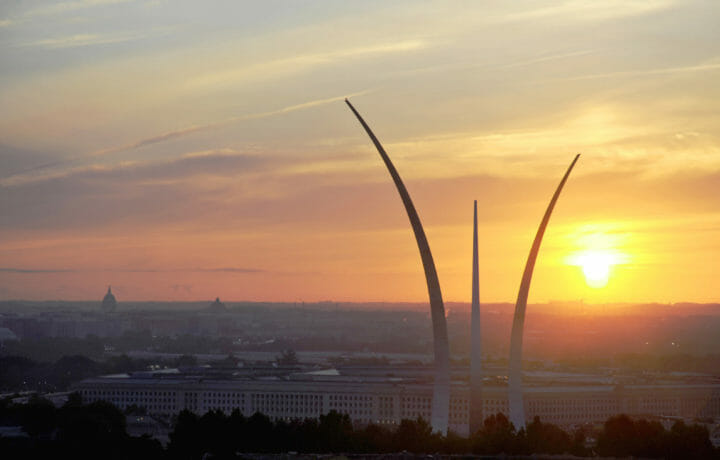The recently released 11th edition of the Bloomberg Government Federal Industry Report is intended to help federal contractors understand the competitive landscape and critical market trends based on contracts awarded across all government agencies within the United States. The report ranks the top 200 vendors and analyzes the top contracts at 97 agencies and departments, and in 20 different purchasing categories. If you want to figure out where you’re going, it helps to look back at all that has happened around the defense industry that continues to shape the landscape.
FY 21 Key Contracting Trends
Federal spending in 2021 reached a high of $649.7 billion. That seems like a lot, but surprisingly, it’s actually a decrease of $37.3 billion from fiscal year 2020’s $687 billion. While many companies moved up in the rankings, a lot shifted downward, as is the norm in defense contracting.
And in response to the nation’s biggest inflation increase in decades, agencies have loosened pricing rules and negotiated contract modifications in order to stave off critical supply disruptions that could threaten national security, public health, and economic performance. Accounting for inflation and removing pandemic response procurement, federal contract spending in 2021 was down to $535 billion, a lower total than all but four of the last 10 years. Prices for government purchases jumped more than 3.5% in 2021, according to the Bureau of Economic Analysis, squeezing many vendors’ costs.
COVID-19 Trends
$2.3 trillion Covid-19 related stimulus packages signed into law in March 2020 providing a boost well beyond forecasts that had already predicted a historic peak. Something to note is that Covid-19 boosted fiscal 2021 obligations which allowed some new companies into the BGOV 200 for the first time ever.
According to the report, “The government’s response to the Covid-19 pandemic caused an unusual spike in civilian spending in fiscal 2020, largely due to spending in medical research and development, pharmaceutical production and distribution, and medical equipment and supplies. Though civilian spending in 2021 dipped below 2020 totals, it was still the second-highest civilian total in the last 20 years- mostly thanks to non-covid projects mitigating the drop in pandemic-related spending.”
Agency Spending Trends and Future Funding uncertainties
Defense contract spending totaled $408.4 billion in fiscal 2021, a $40.3 billion decrease from the prior year. In total, Pentagon spending is still more than $404.6B in fiscal 2019. In fiscal 2021, Air Force spending stayed flat at $84.7 billion. And while the Army bumped up their spending by 2.8%, the Navy plummeted by 24.7$.
The government’s underestimation of inflation poses financial risks to vendors. In May, the Pentagon sent a letter to the Senate Armed Services Committee. The letter acknowledged that the inflation estimate for 2021 was too low. The new DoD budget request contains a $14 billion cushion for higher procurement ranging from 2022 through fiscal 2027.
Details on the full list of the top federal contractors and more data around defense spending can be found at Bloomberg Government.




